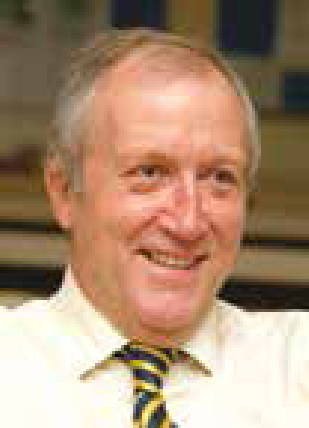Article

At Dental Update, we are fortunate to be able to attract a talented and diverse group of authors. They simplify the lives of all of us by trawling through the vast dental literature in order to come up with their expert views on what it all means. This is essential, given that as long ago as 2002, it was estimated that, in order to stay current with the Prosthodontic literature, one would have to read, and absorb, eight articles per week, 52 weeks of the year, across 60 different journals!1 The authors concluded that increases in the volume of literature each year make access more difficult. In 2004, there were 6095 papers published on Orthodontics, which equates to 110 papers to read every week! It could be considered that the general dentist should be abreast of current thinking on all that pertains to general dentistry, such as, Dental Materials, Restorative Dentistry, Oral Medicine, Oral Surgery, Prosthodontics, Orthodontics, Paediatric Dentistry, Endodontics and Periodontics. Looked at like that, one can only conclude that the task of keeping up-to-date is difficult, or even impossible. Dental Update helps, but it is therefore essential that we concentrate on the research which is of greatest relevance to our everyday clinical lives.
Does this therefore mean that we should neglect laboratory research? I have made a point many times at the International Association for Dental Research annual conferences, when visiting the poster displays, to ask the clinical relevance of what is on show. Sometimes it appears that the researcher has no concept of what clinical dental practice is about. I therefore wonder if an induction course for non-dentally qualified wannabe researchers is desirable and this should involve spending time actually watching a dentist in his/her clinic. Indeed, the same comment might apply to other non-dental lay people who interact with the profession, with those at the helm at the General Dental Council and other organizations potentially benefiting, in my opinion, from a ‘crash course’ in dentistry. The Bob Dylan words2 ‘Don't criticize what you can't understand’ seem enormously apt in this discussion. One needs to have been there to appreciate the pressures of the job!
I have been fortunate to work with some outstanding dental materials researchers over the years, with these individuals being first rate at liaising with clinicians in order to determine the tests and laboratory research which could be considered valuable. An example is the recent work from Garry Fleming's lab in Trinity College Dublin3 which helped change my view on a bulk-fill flowable (SDR: Dentsply) by demonstrating that it bent cusps less on polymerization than a standard resin composite, this being published at a time when there were no clinical publications to demonstrate its effectiveness. Herein lies the value of laboratory research, because sometimes we must take a ‘leap of faith’ when using a new material, given that new materials will generally have no clinical research to back them up. It is indeed a shame that, in the words of Jack Ferracane:4 ‘the clinical success of composites is multifactorial and is therefore unlikely to be predicted accurately by even a battery of in vitro test methods’. There is thus no real substitute for clinical evaluation, so we should therefore carefully assess the relevance of laboratory research when we see it.
Finally, thanks to our writers and to the super team at Guildford who produce what we all read. Thanks to you, our readers, for your continuing support – I hope that you have enjoyed the ten issues of Dental Update in 2014 and hope that the lead article in this issue doesn't ruin your enjoyment of the forthcoming festivities! I wish you all an enjoyable and peaceful holiday season and every happiness for the forthcoming year.

